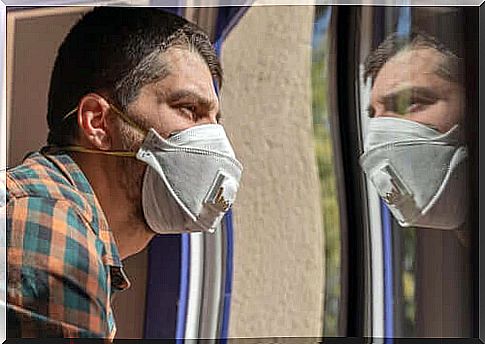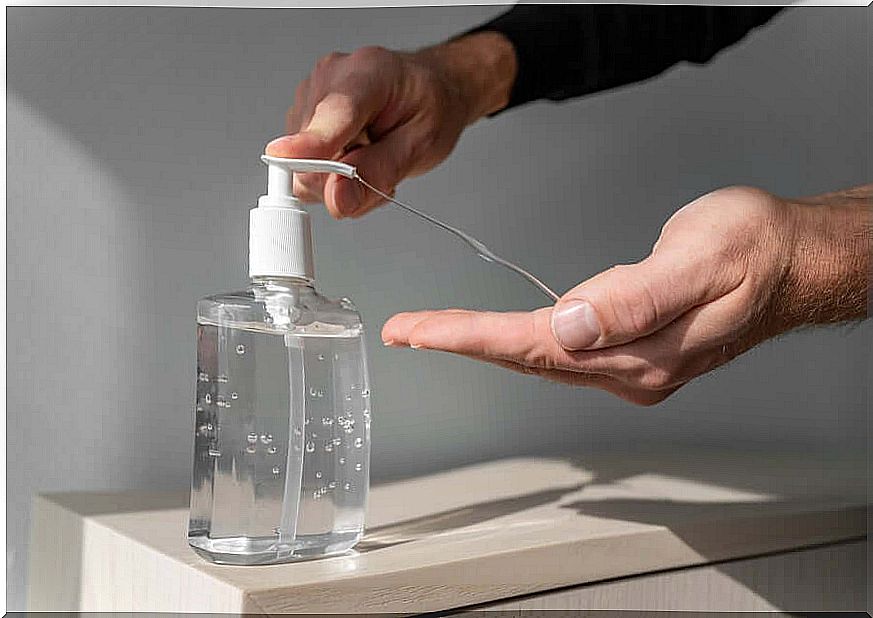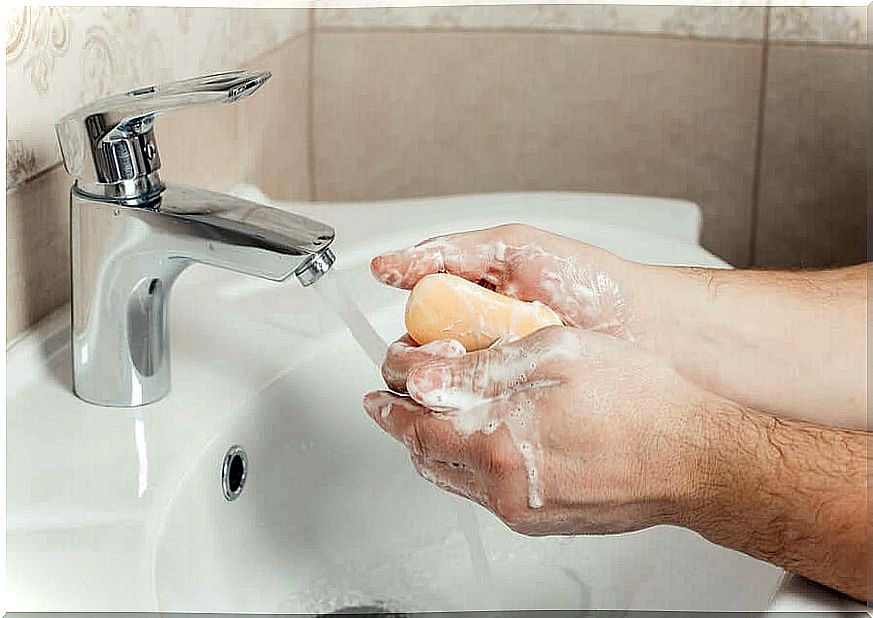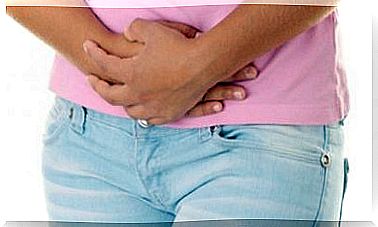Living Together With A Person Affected By Covid-19

It is useful to know what to do in case of living with a person affected by COVID-19. This is because not all patients are hospitalized and in these cases the convalescence is carried out in home isolation.
This is a practice reserved for some of the patients who test positive for Coronavirus and who are obliged to carry out quarantine at home, together with family members.
Although mandatory quarantine measures include social distancing as a method of reducing the transmission rate of the virus, home isolation should not be seen as a contradiction. It is assumed that those who are obliged to this measure respect it, together with their family or cohabitants.
However, this also comes with some fear. Many, in fact, wonder if this coexistence does not represent a risk to their health and what measures to take to reduce the infection.
Below we will talk about how to behave in case of cohabitation with a person affected by Covid-19. The spread of the new Coronavirus is a global phenomenon and as such requires measures different from the usual ones.
Transmission of the coronavirus
Research so far agrees that COVID-19 contagion occurs through breath droplets that we excrete through the nose and mouth. Such droplets can come into contact with the mucous membrane of a healthy person, causing the disease.
In addition, the virus can survive for some time on some surfaces. This is an important aspect to consider around the home, as the virus could be found on tables, armchairs, chairs, cell phones, computers, and televisions. Touching some of these objects and then putting your hands to your face increases the risk of infection.
The COVID-19 pandemic shows a high rate of contagiousness. And while it’s not the deadliest virus mankind has known , its ability to spread is well known.
In the globalized era in which we live, travel and contact between human beings of different geographical origins have favored its spread. This is one of the reasons that pushes more and more countries to adopt home isolation protocols.

Living with a person with COVID-19
Once the presence of an infected person has been confirmed in the home, some measures must be taken in this regard. This is in addition to the home isolation measures imposed and restrictions prescribed by local authorities.
First, the infected will always have to wear a face mask. Not just any one, but one equipped with an FFP2 or higher filter, so as to avoid the dispersion of viral particles.
Secondly, a spacing protocol of over two meters must be applied inside the house. This can be very difficult, but it will have to be strictly enforced. Circulation procedures must therefore be implemented that avoid close contact between cohabitants.
Crockery, towels and bed linen must not be shared. That is, the subject infected with COVID-19 will have to use those reserved for him / her. It is important to apply the same procedure to a large number of everyday objects, i.e. the infected person will have to exclusively use the mobile phone, computer and books, for example.
Washing your hands is essential. All family members will need to wash their hands with soap on a frequent basis. In environments where running water is available, the use of alcoholic disinfectant is not necessary.

Cleaning the house while living with a person affected by Covid-19
The cleanliness of the house during a quarantine of this type has been established by the WHO through a series of recommendations. These recommendations apply to families living with a patient infected with COVID-19.
The person cleaning the house will need to wear a mask and a pair of gloves. We remind you once again that the mask must be of category FFP2 or higher.
The waste must be collected in a specific bag and hermetically sealed. The bag must be made of break-resistant plastic. Inside will be placed the masks and disposable gloves used.
For cleaning, a solution of water and bleach should be used, with the proportion of 1 part of bleach for every 49 parts of water. For washing clothes and dishes, where it is not possible to use bleach, normal washing can be performed, separating the objects of use of the infected person. If you use a dishwasher, the temperature should reach 60 ° C.
When can cohabitation with the infected person be considered complete?
Only the health authority can establish the cessation of the state of infection. In other words, it must be the doctor who certifies the recovery and not a unilateral decision of the patient or family. Until the practitioner confirms the state of recovery, the isolation measures must be continued.









